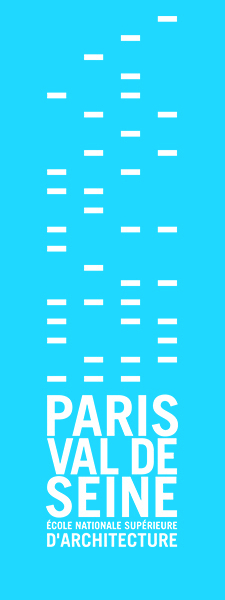Berry JK (2016) Making Art from Maps. Beverly, Massachusetts: Quarto Publishing Group, USA, Inc.
Bertin J (2013) Sémiologie graphique: les diagrammes, les réseaux, les cartes. Paris: Éd. EHESS.
Beurden JAMB, van Lammeren RJA, Hoogerwerf T, et al. (2006) Linking Land Use Modelling and 3D Visualisation. In: Van Leeuwen JP and Timmermans HJP (eds) Innovations in Design et Decision Support Systems in Architecture and Urban Planning. Dordrecht: Springer Netherlands, pp. 85–101.URL: link.springer.com/10.1007/978-1-4020-5060-2_6.
Brotton J (2014) Great Maps. First American edition. New York, New York: DK Publishing.
Caraës M-H (2011) Images de Pensée. Paris: Réunion des musées nationaux.
Cartwright W (ed.) (2009) Cartography and Art: Art and Cartography: Cartography and Art Symposium Held in Vienna in February 2008. Lecture notes in geoinformation and cartography. Berlin Heidelberg: Springer.
Desclaux-Salachas J (2017) The Art of Cartographics: Designing the Modern Map. London: Goodman.
Gehl J (2011) Life between Buildings: Using Public Space. Washington, DC: Island Press.
Harmon KA (2004) You Are Here: Personal Geographies and Other Maps of the Imagination. 1st ed. New York: Princeton Architectural Press.
Harmon KA and Clemans G (2010) The Map as Art: Contemporary Artists Explore Cartography. New York: Princeton Architectural Press.
Jacobs J (1992) The Death and Life of Great American Cities. Vintage Books ed. New York: Vintage Books.
Jiang S, Ferreira J and Gonzalez MC (2017) Activity-Based Human Mobility Patterns Inferred from Mobile Phone Data: A Case Study of Singapore. IEEE Transactions on Big Data 3(2). 2: 208–219.
Monmonier MS (2018) How to Lie with Maps. Third edition. Chicago ; London: The University of Chicago Press.
Novy J and Peters D (2012) Railway Station Mega-Projects as Public Controversies: The Case of Stuttgart 21. Built Environment 38(1). 1: 128–145.
Ragin CC (2014) The Comparative Method: Moving Beyond Qualitative and Quantitative Strategies. Berkeley: University of California Press.
Terrin J-J and Marie J-B (eds) (2011) Le piéton dans la ville, l’espace public partagé =: Walking in the city, sharing public space: Amsterdamn Copenhagen, Lausanne, London, Lyon, Paris, Wien. Collection La ville en train de se faire. Marseille: Parenthèses.
Whyte WH (2010) The Social Life of Small Urban Spaces. 7. print. New York, NY: Project for Public Spaces.
Zwer N and Rekacewicz P (2021) Cartographie Radicale: Explorations. Paris: Dominique Carré.


